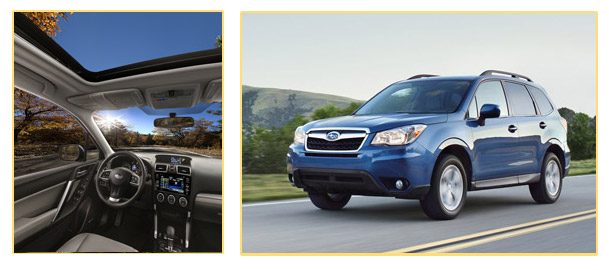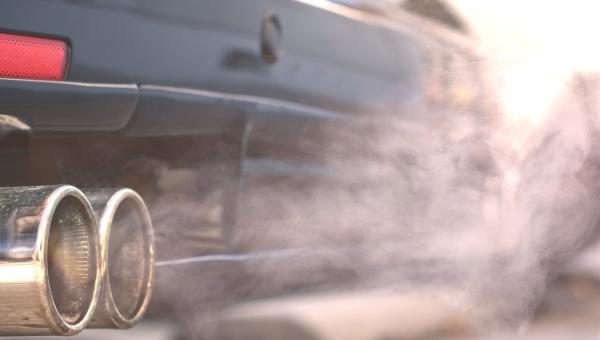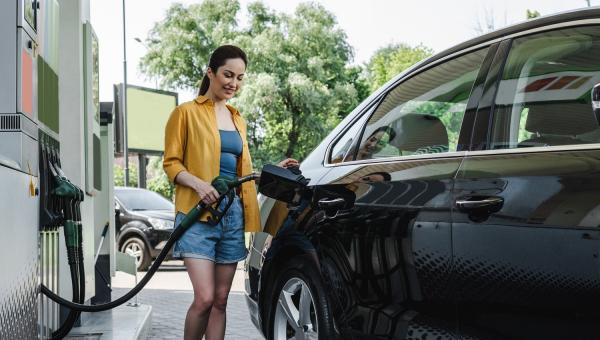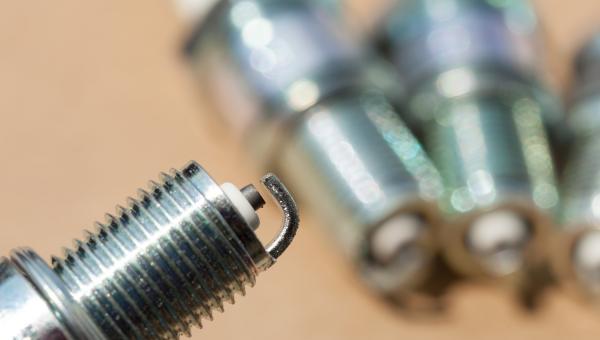Test Drive Notes Library
-
 Pros
Pros
- An absolute triumph of function over style.
- Great car for the person who swears by Consumer Reports and couldn’t care less about his or her image. The ultimate in practical, economical cars, especially for people in snowy climates. Subaru checked all the boxes with this car: decent fuel mileage, not too big, not too small, good visibility, all-wheel drive, latest safety electronics, room in the back… what else do you want?
- The Forester has perhaps the best rear and side visibility of any car for sale in the U.S. today. While other manufacturers shrink rear and rear-side windows down to gun slats, you can actually see out of the Forester in all directions. It’s refreshing.
- Optional EyeSight system adds forward collision warning and automatic emergency braking, two features that will save lives and fenders. We highly recommend them to everybody, and it’s nice to see them available on a modestly priced car like the Forester. The whole “suite” of features adds about $2,000 to the price of the car, but they throw in a Harman/Kardon audio system to make it sting less.
- Large doors, and raised seat height provide easy access, in and out.
- A bit better insulated and sturdier feeling than previous Foresters. We noticed less road noise and a slightly more solid feel overall.
- While our test model, the 2.5i Limited came with all of the options and listed at nearly $32 grand (and you can push a Forester up to the high 30s!), the base model Forester is good, simple, affordable, basic transportation with the added safety of all-wheel drive. It’s possible to find a base model Forester in the mid 20s—which is pretty affordable for a practical, versatile car with all-wheel drive, though you might be hard pressed to find one with the EyeSight system.
- The Subaru all-wheel-drive system is time-tested and reliable. In many respects, this car is tried and true. You should expect to get 150k miles out of a new Forester—with a repair caveat, noted below.
- Very good fuel economy for its class. We got about 26 MPG in mixed driving.
- Handling, while not sporty, is predictable and sure footed.
-
 Cons
Cons
- Not a looker. It’s like wearing old lady shoes. But while other idiots are getting their four-inch-heel cars stuck in sewer grates, you’re cruising along.
- Ride is on the firm side. Don’t expect to be coddled.
- Even with the upgraded sound insulation, the Forester does not feel like a luxury car. So loading one up to $37,000 would be a tough pill to swallow.
- As good as they are, Subarus are not quite as reliable as Toyotas and Hondas. We see a number of Subarus in our shop with 100,000 miles or even sometimes less, having expensive issues with oil leaks or head gaskets. Until we see evidence to the contrary, we’d expect this level of reliability with the 2016 model. So as good as the Forester design is, it’s still tough to recommend it over the Honda CR-V or Toyota RAV4 to people who want to keep a car for 150,000 or 200,000 miles. To be fair, Subaru may have addressed these issues, but we won’t know until a bunch of 2016 Foresters have 150,000 miles on them.
- Our test car came with the “Starlink” touch screen infotainment system. Even though it’s been upgraded, it still feels old-timey, with old-style graphics, cheap-seeming navigation, and barely useful “apps.” Plus, without radio dials, you’re forced to dive into the touch screen (which is one reason we highly recommend the automatic emergency braking).
Test Drive Notes Library
Get the Car Talk Newsletter
 Pros
Pros Cons
Cons


